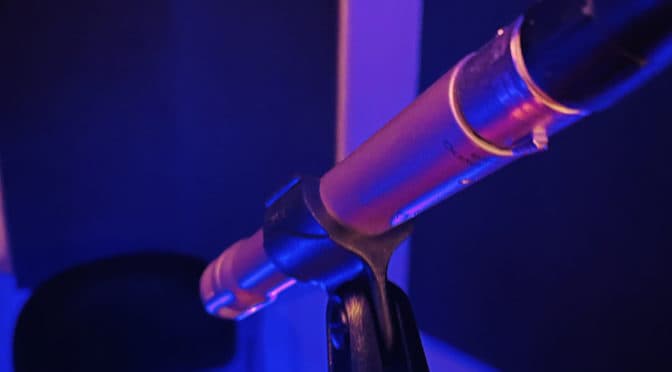As an Amazon Associate Playpedalsteel.com earns from qualifying purchases. This page contains affiliate links.
Compression is often one of the most mysterious aspects of understanding sound and its dynamics, but can be one of the best sonic tools to utilize. This can be especially true when you’re mixing a song, using a compressor pedal, or even while playing your instrument.
But since compression is often misunderstood, it can be hard to use it as a source for musical expression and dynamic awareness. So how do you use it effectively for your music, while not feeling confused and lost in engineering semantics?
If we approach compression simply as musicians looking for ways to better articulate our sound and ideas, it becomes a lot easier to understand it without diving too deep into the physics of sound.
Let’s take a look at how compression can help capture certain sounds, and improve our use of dynamics…
Using Compressors
Whether you’re using compression at your instrument while playing, or in recording and mixing sessions, there are many different ways to use it effectively.
Many compression techniques are invaluable, and once you’ve applied them to your playing or mixing, the experience you’ll gain will make them just as important as EQ, reverb, or delay to you.
When mixing, using a compressor plug-in, or even an outboard unit, can be a great way to find the sound you’re hearing and hoping to produce.
As a musician, having a compressor pedal can be a great way to shape your dynamics and you’ll be able to more clearly describe sounds and tones to sound engineers and producers.
The Benefits of Compression
As you begin to gain a deeper awareness of compression and dynamics, your ears will improve naturally, and you’ll begin noticing the use of compression in many aspects of music.
Also, your playing technique will likely improve on your instrument, and you’ll naturally begin to employ subtle nuances in the dynamics of your playing.
Even better, you’ll be able to hear and understand a band’s dynamics as a whole, and have the ability to pick out individual instruments that may need compression. You’ll also know effective ways to alter and improve their dynamics.
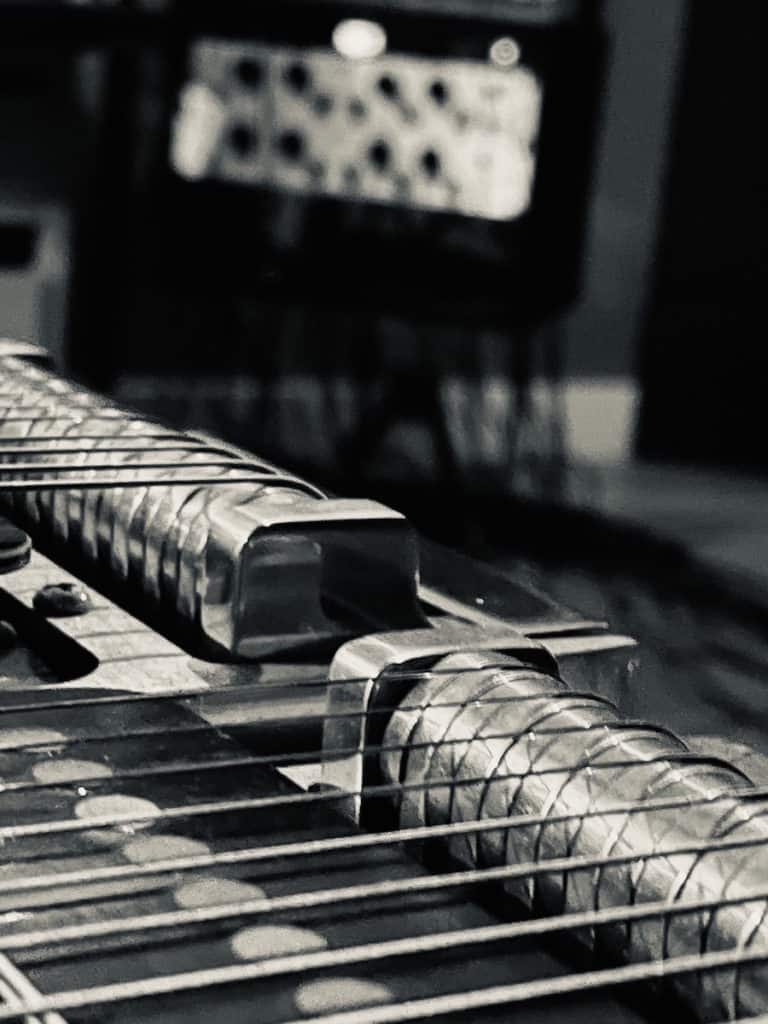
This can be great whether you’re at the mixing board, singing vocals, or laying down guitar tracks for a recording session.
Compressor Settings
All of the examples below will contain easy to use settings that you can dial in on your compressor while mixing, or when using a compressor pedal with your instrument.
These can be invaluable to refer to as you move forward with compression, and having a reference is always a great way to calibrate what you’d like to achieve with your music and ears.
Basics of Compression
The settings you’ll generally use for compression will be the ratio, attack, release, and threshold settings.
Knowing exactly what the ratio, attack, release, and threshold settings do dynamically to sound can be really helpful. I highly recommend spending some time researching compression in general, to understand these concepts.
However, for diving straight into the music, just knowing how to dial in these settings can be a great way to use your ears and your instrument to get the type of sound you’d like. Better yet, you’ll intuitively begin learning how these settings are affecting the sound’s dynamics.
For each setting, finding the exact number or sweet spot will take some experimenting. However, just knowing the general range (low, medium, or high) of each setting will get you where you’d like to be, then use your ears and experiment to get it right on the money.
Let’s check out some of these compression tricks…
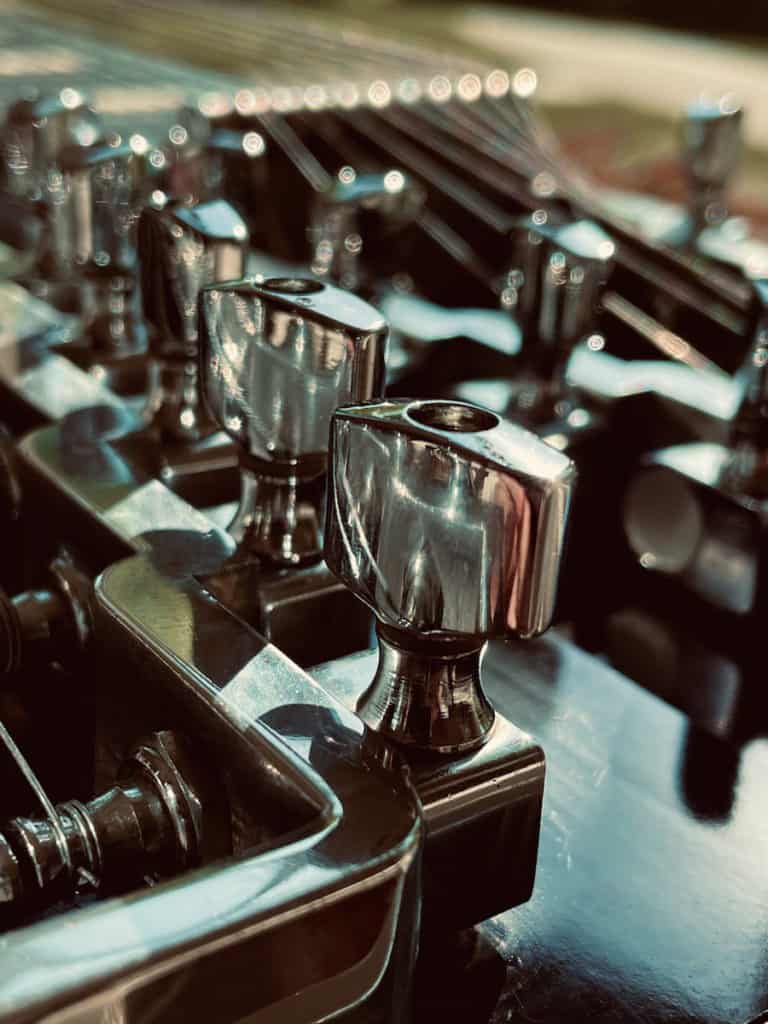
Best Ways To Use A Compressor
1. Bring Dynamic Range Down, Without Losing Tone
Depending on the song and musical situation, sometimes you’ll play really lightly with delicate volumes at certain points in the song, while ramping it up a few notches at others.
For instance, during the verses of a song you may find yourself echoing the melody with light melodic fills on guitar. Then when it comes time for your solo, you play much louder and fuller to create the desired effect on the listener since your instrument is now in the forefront of the music.
This is great to do naturally within the dynamics of music, but you may want to balance this a little bit if it stands out too much.
You can do this with a compressor by bringing the overall dynamic range of your playing down without compromising your tone.
This is one of my favorite things to do with pedal steel when mixing, and has perhaps been the most essential compression technique I’ve used to help in getting a well-rounded sound from tracks and instruments.
Ever heard a mix where an instrument feels like it’s too far in the background, and you’d like to hear more of its presence?
If you use this compression technique, then boost the volume of the track to your taste, it can really get the instrument to sound more present while still keeping its genuine texture and sound. This can be great to use with harmonies and background vocals, where you want more ambience and texture from their sound, while not losing them too much in the mix.
Here’s how to do this with your compressor settings:
- Low Ratio (~ 1.5:1)
- Slow Release (over 500ms)
- Low Threshold
- Moderate (10-50ms) to Fast Attack (below 10ms)
2. Add Sustain w/ Less Attack
There’s nothing better than some nice beautiful sustain on an instrument, which is where many instruments, like pedal steel and organ, shine the most.
For instance, between the volume pedal, and bar pressure and vibrato, the pedal steel has many capabilities for sustaining notes. And when an organ player voices certain chords, the effect of the sound can feel thick and creamy to a listener, like a delicious milkshake for the ears..
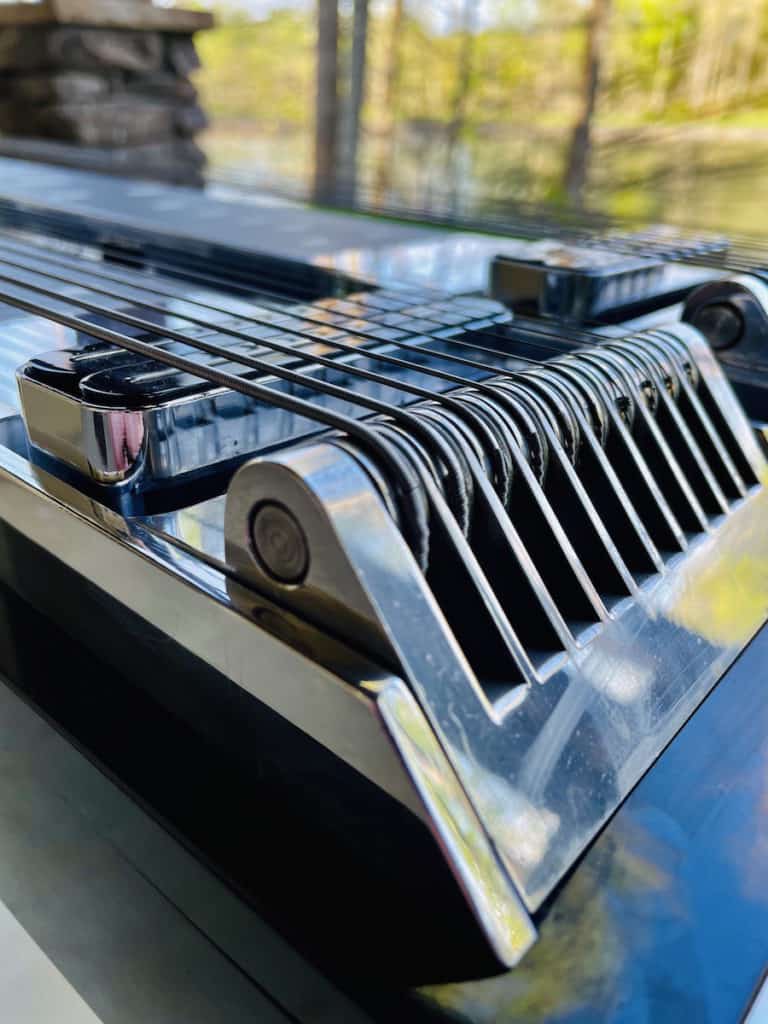
Even though the volume pedal is pivotal in sustaining notes on the pedal steel, and actually is very characteristic of compressors, you can use compression to create even more sustain on the pedal steel and other instruments.
Yes, you heard that right, even more of that luscious sustain that we all love!
This can sound amazing when used for some of the smooth glissandos between chords and notes that sound so great on pedal steel, and also on synth pads and various keyboard textures.
This is especially true when used on ballads and slow tempo tunes, where you’re really trying to create a smooth sound that floats on top of the music and into the listeners’ ears.
Having a lower threshold and fast attack with this compression technique takes away a good bit of attack. This can essentially hide some of the attack of the player’s notes.
From a technique standpoint, not hiding the attack, or not hiding too much of it, is usually good for getting a solid tone out of notes for many instruments.
However this type of compression can be nice to use if you want to take away even more attack for certain playing situations, and add that gorgeous sustain.
Here are the settings:
- Fast Attack (Below 10 ms)
- High Ratio (10:1)
- Moderate (100-500 ms) to Slow Release (Over 500 ms)
- Lower Threshold
3. Reduce Drastic Dynamic Playing
Your compressor can be used to level your playing if it has a lot of substantial dynamic hits.
If you feel like there are times when an instrument is standing out too much dynamically at spots, where its sound punches and hits the listener without a balance, then leveling can be a great way to contain these loud points.
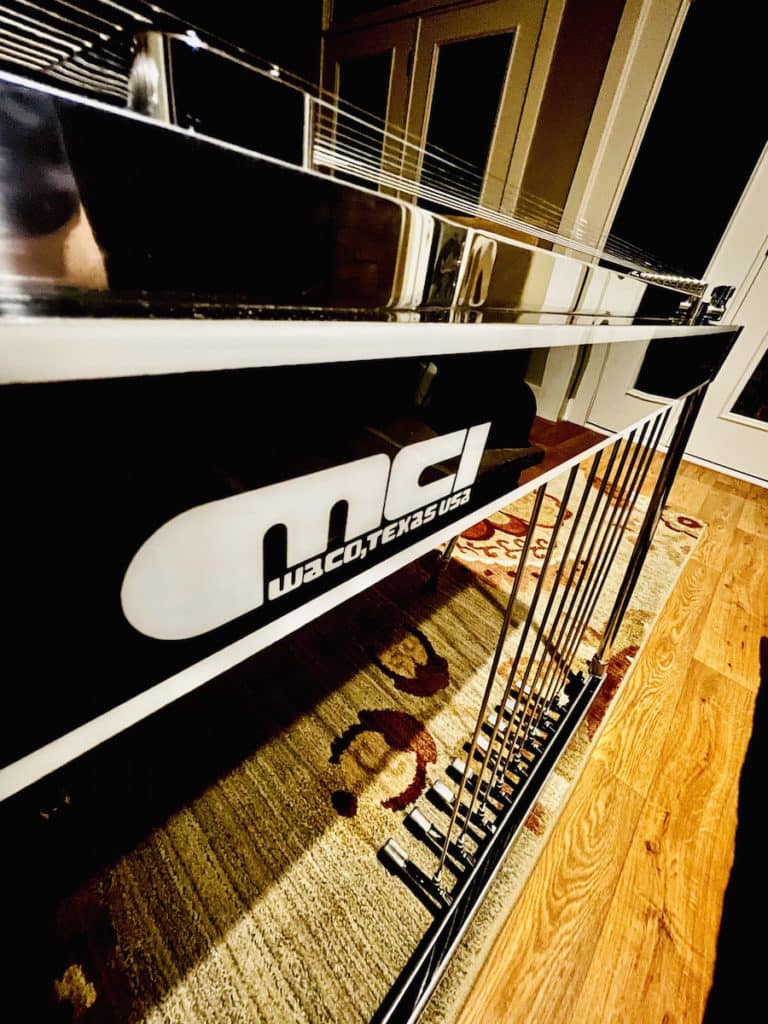
Suppose your playing in a song felt perfect, besides a few spots where you ramped up the volume by accident, and the notes were a little too loud for your taste.
This compression technique can be a great way to contain these notes, while not messing with the dynamics of your playing in all the other places of the song.
Here are the settings:
- Lower to Medium Ratio (2:1 to 4:1)
- Medium Attack (10-50ms)
- Medium Threshold
- Experiment with Release (75 to 400ms is a good area to try)
4. Extract Ambience & Preserve Quicker Notes
This technique is used more often with percussive instruments and drums, however there are certainly applications for using it with other instruments too, even vocals.
A snare drum’s hits can be a great way of understanding this method. The snare’s hits are often spaced out in the music, besides when there are fills, or the drummer is using it more actively.
These settings allow the snare’s hits to come through the sound, and then all of the space in between (the ambience) is reduced until the next snare hit. This cleans up the overall sound of the track, kind of like taking a bunch of white noise out of the TV set, so we can hear things that we need to when we need to.
For keyboard, guitar, or pedal steel, this could be a great use of compression when you’re playing a chord vamp and you only play the notes once every four beats or so.
Let’s say another instrument is playing a solo, and you’re only voicing chords quickly on the first beat and then another right before the third beat. Try these settings out to clean up some space here, or especially if there’s an even longer pause between notes.
Like many things compressor related, you can also use your volume controls on your instrument (if it has them) to lower your volume cleanly in these spaces too. However, the compressor may save you some legwork if you’re bobbing your volume too much with these controls.
Here are the settings:
- Slow Attack (over 50ms)
- Moderate to Fast Release (100ms then go up or down to taste)
- Low Threshold
- Experiment with Ratio, Use to Taste
5. Add Punch
On sustained instruments you can let more transients through, while keeping the sustain of long-fading notes.
Using a compressor in this manner lets the attack come through, and then holds the compressor at a smoother and longer interval to allow the note to keep its dynamics throughout the longer duration of the note.
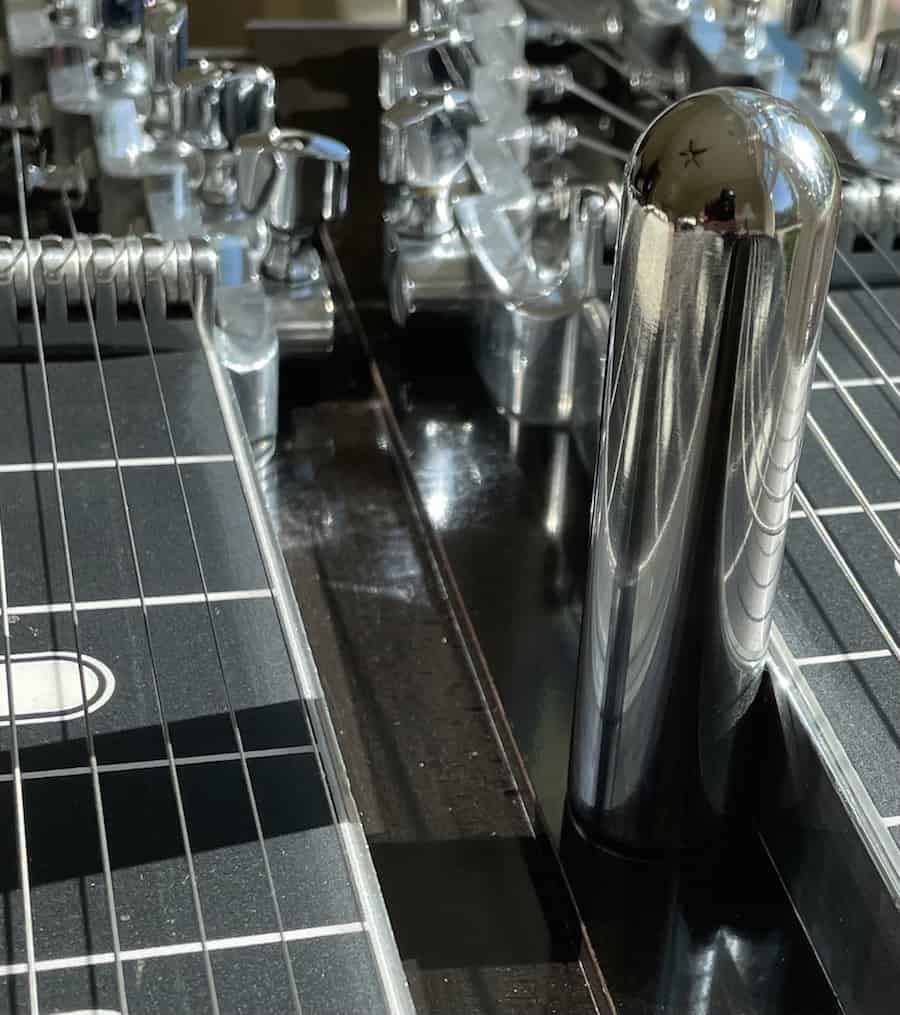
This can be great for certain keyboard/organ pads, vocal effects, and pedal steel, and is often what pedal steel players do with their volume pedals when they want the picked notes to be heard, while keeping the energy of the sustained notes.
I love hearing the attack of notes on my pedal steel, then using the volume pedal to sustain them as long as I’d like. This is perhaps one of the most fundamental differences between pedal steel and guitar. However, this technique can also be applied to guitar and many other instruments through the use of volume knobs and controls.
Synths and vocals (naturally) also have this capability. Playing notes like this, and then extending the life of them, can be a really incredible musical tool.
This compression technique essentially mimics this, but without the use of the volume pedals and controls.
Here are the settings:
- Moderate Release (100-500 ms) to Slow Release (over 500 ms) – be sure to use a slow enough release where the compressor doesn’t falter the sound in the middle of the sustain, but a fast enough release that it deactivates before the next played notes if possible.
- Slow Attack (over 50ms)
- Low Threshold
- Experiment with Ratio (try 2:1 to 4:1 as a start and use ears to calibrate)
6. Smoothly Increase Overall Volume: Without Harsh Dynamics
You can use your compressor similar to a limiter, and use it to increase your overall volume without too much of a bouncy compressor sound.
Sometimes if a compressor isn’t used in the way it is intended, you’ll hear it bouncing the dynamics in a way that sounds unnatural and swampy. It is hitting the music in an uncontrolled manner and the pulsing is making a cacophonous sound.
However, using the compressor like a limiter usually avoids this and gets straight to the point. You can do this by using a fast attack, and a high threshold, so that it isn’t taking up too much of the dynamic energy and only activates on the higher peaks of notes.
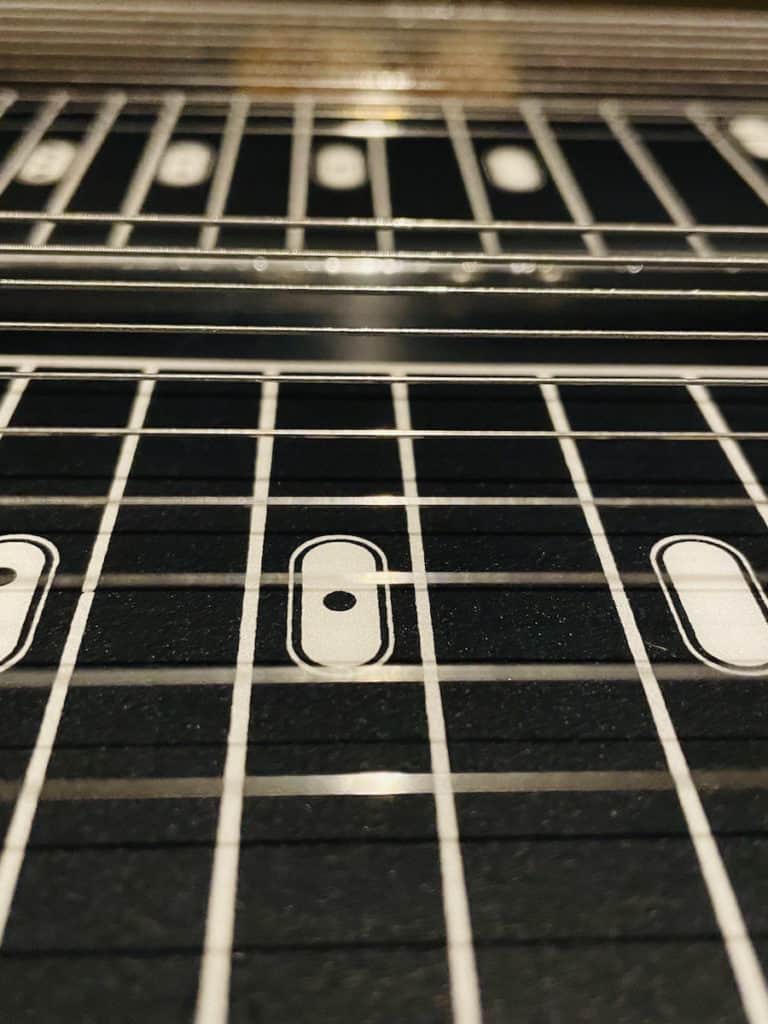
Think about a slap bass player: they’re going to be up and down all the time dynamically with their hits in a rapid and quick manner. How do you control all that awesome mayhem, while still preserving this really great sounding technique and musical expression?
By using this limiter-like compression setting, which can also be a great way to increase the loudness of a track if it is having a tough time being heard or reaching the levels that you’d like it to.
This is a great compression setting to use as a kind of cherry on top of an instrument’s sound, as it just catches those notes that are slightly too loud, but allows you to get a fuller and more present sound.
Here are the settings:
- Fast Attack (below 10 ms)
- High Threshold ( about 0 & -10 dB)
- Fast Release (50-100ms or less)
When To Use Compression
Recording
Recording studios and home studios are perhaps the most creatively controlled environments for using compression as a sonic tool.
When recording music, it can be an amazing experience to capture the sounds of instruments, then hear them through speaker systems and headphones. Compression can be a subtle and smooth way to enhance these listening experiences.
Also, it’s always nice to hear the hard work and dedication you’ve put into playing your instrument or learning your craft, and hear the sweet sounds you’ve recorded and created in the studio for the musical world to enjoy.
Outboard Preamps and Compressors
Oftentimes the compression sound you can get from outboard preamps and compressors is the best you’ll ever get tonally for many instruments.
Like a warm, smooth vinyl record, compressors like these can sound so pure and natural and usually are a treat to use.
The settings will still need to be dialed in, but there’s more room for the compressor to work naturally and it will be more caressing to the sound than any other form of compressor.
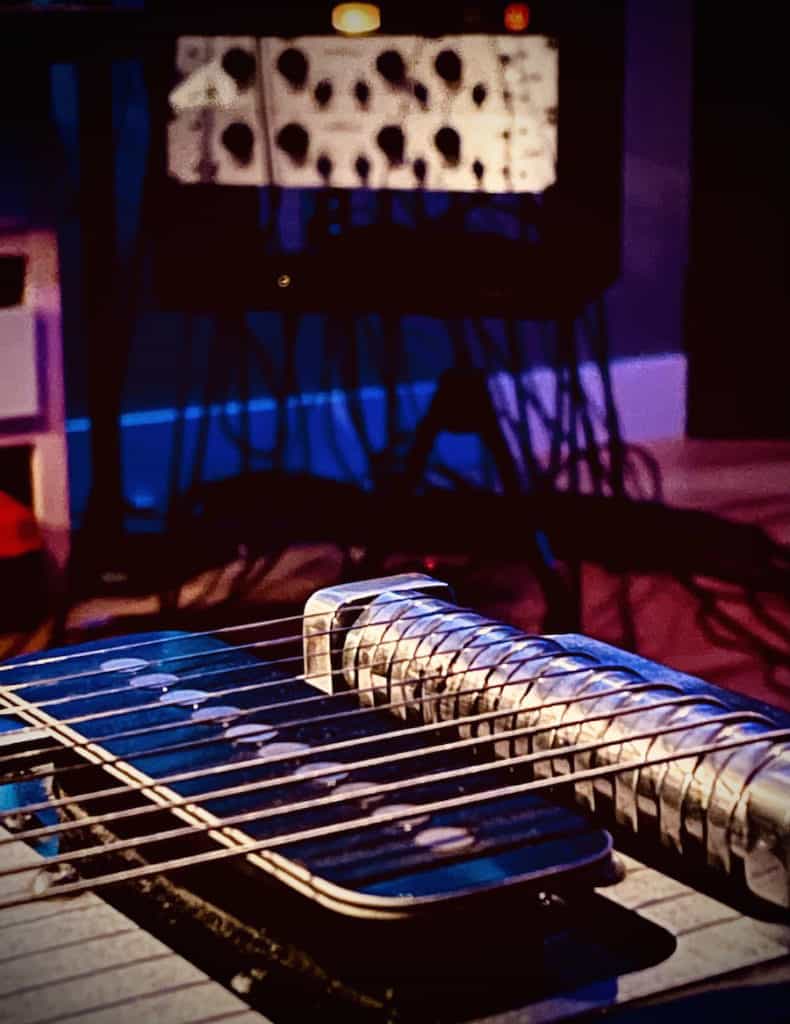
When tracking in recording studios, see if you can run your instrument through a nice tube preamp and a nice compressor.
Many studios will have so much great gear to choose from, and using a compressor and tube preamp is perhaps one of the most essential ways to capture the pure sound of the vocals, guitar, pedal steel, and other instruments.
Better yet, if you’re recording guitar or pedal steel, you can do this and run a separate signal to an amplifier that is miked. This way the sound engineer will have two tracks to use for production and mixing, which always comes in handy.
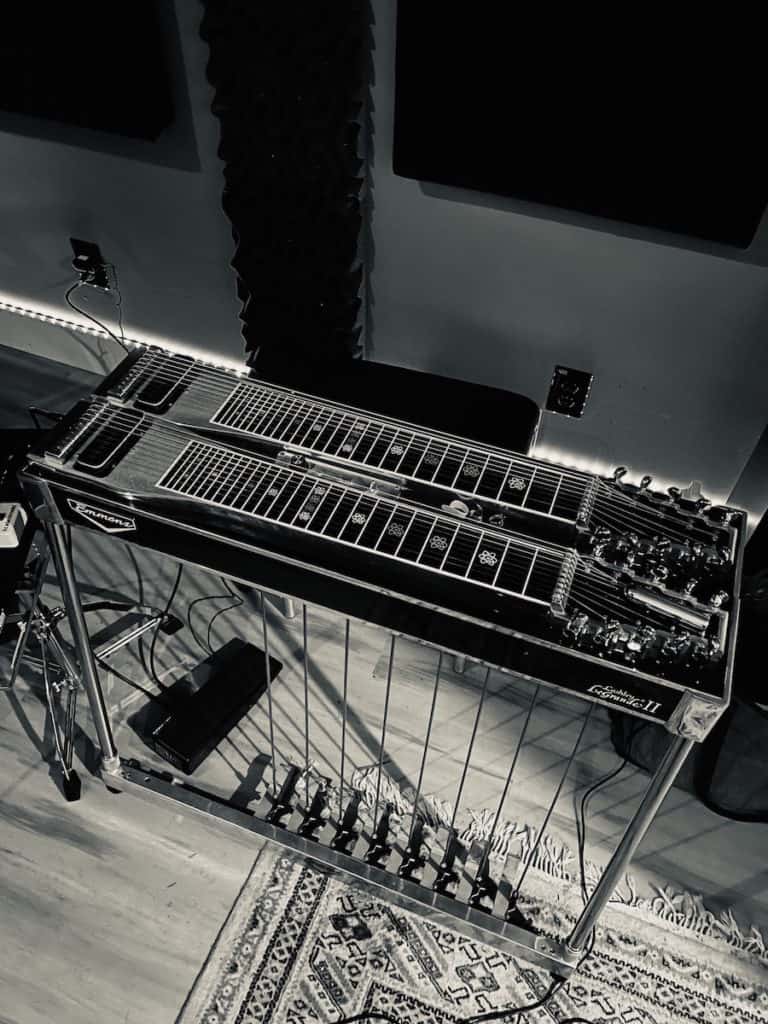
Combining the two tracks tastefully is perhaps the best way to capture the sound of many instruments’ timbre and sonic characteristics in the recorded medium.
Mixing
Compressing an instrument during mixing or production is common, and is often a must at some point or another for some instruments.
Except in the rare circumstances that the playing was perfect dynamically, or compression was used at another stage in the playing or production, many times the sound can be sweetened by shaping its dynamics.
Even if a musician played their take “perfectly”, one of the best parts about being human, and hearing music, is the natural life of the sound — and having dynamics is a part of that essence.
So really it is only natural to have some dynamics that already sound good, but that you’d like to shape to tastefully suit the vibe and goals for the song and production.
Using Plugins
Compression plugins are often the best method for using compressors in the mixing phase, and you can practically utilize and control any aspect of compression and its settings. There are many great plugins on the market that can sound pleasing when used in a way that suits the track.
Many compressor plugins like Steinberg’s RND Portico 5043 emulate the vintage hardware and outboard compressors that many studios have been using professionally for decades. These types of plugins can often be the best way to use compressor plugins for vocals, guitar, pedal steel, and many other instruments.
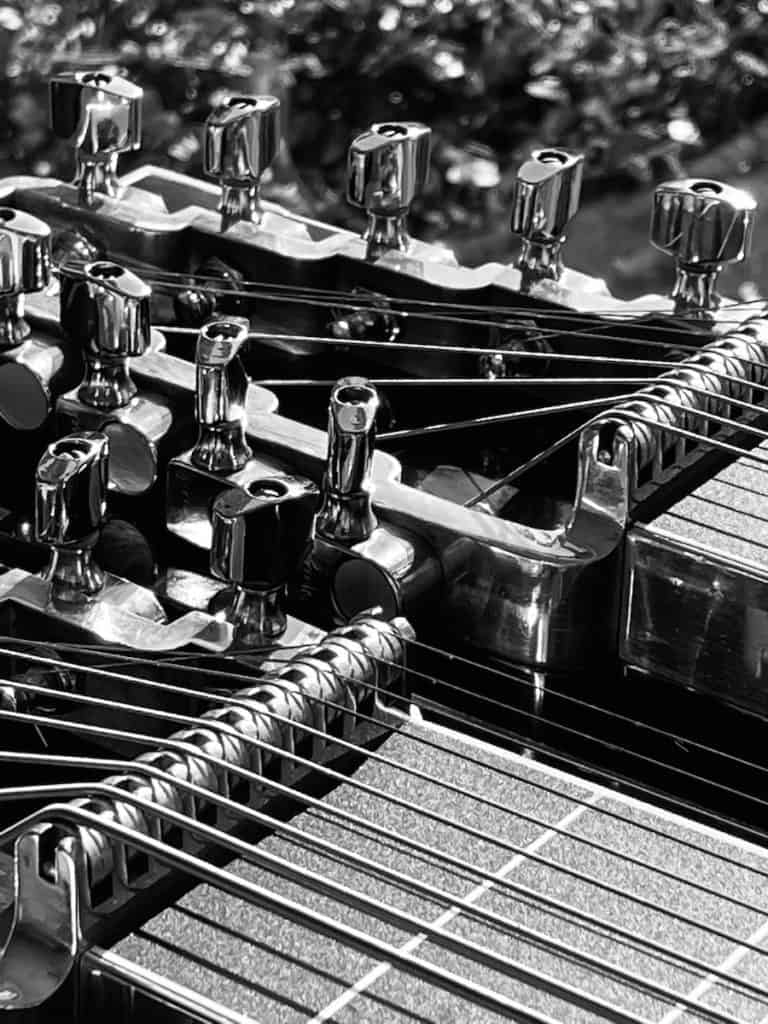
Plugins like Waves’ Renaissance Compressor, and the CLA-2A, can also work well for really pinpointing the sound and dynamics you’d like to get with your compressor.
Playing Live or With A Band
One of the best applications of compression can actually be when you’re playing your instrument in real-time with a group or band.
Sure, compression is a tool utilized often in the recording studio and mixing process, but many musicians can benefit greatly from using it tastefully with their playing.
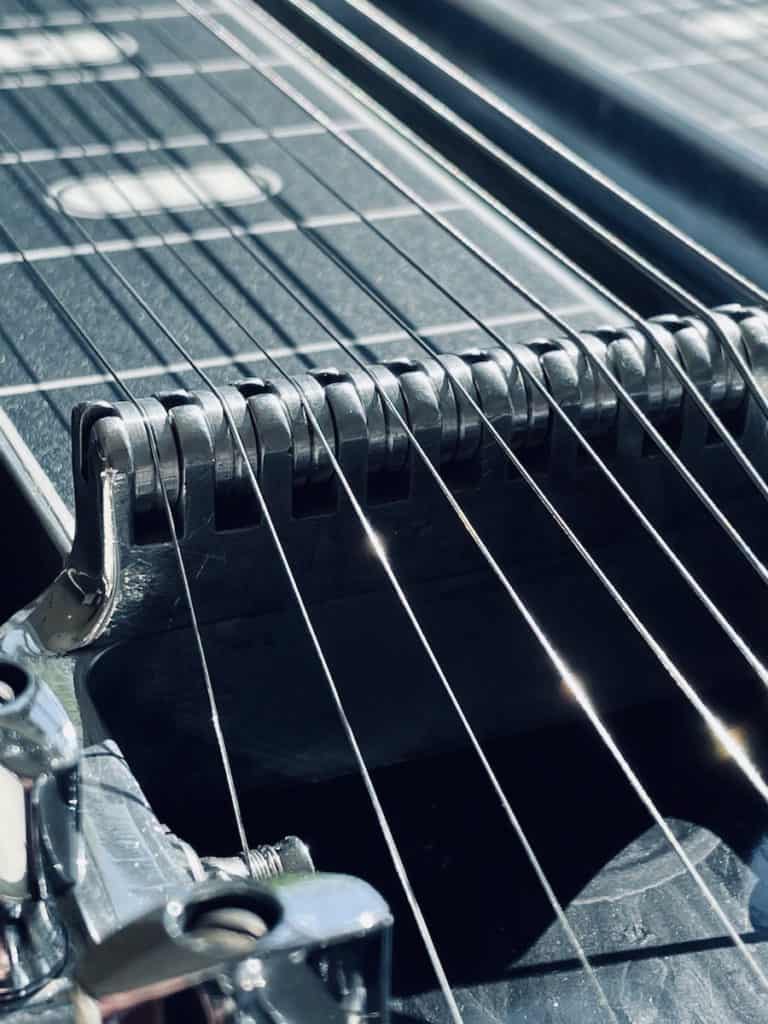
Using A Compressor Pedal
Due to modern technology, there are many great effects pedals and stompboxes available nowadays, and compressor pedals can be great to utilize at your instrument. They can be a useful to have along with your delay, EQ, and reverb pedals.
All of the compression techniques in this article can often be achieved by tweaking a few settings on a compressor pedal.
Modeled after the renowned 1176, Origin’s Cali76 Compact Deluxe (link to Amazon) is a great pedal to use for most instruments, and has options for the attack, release, and ratio settings.
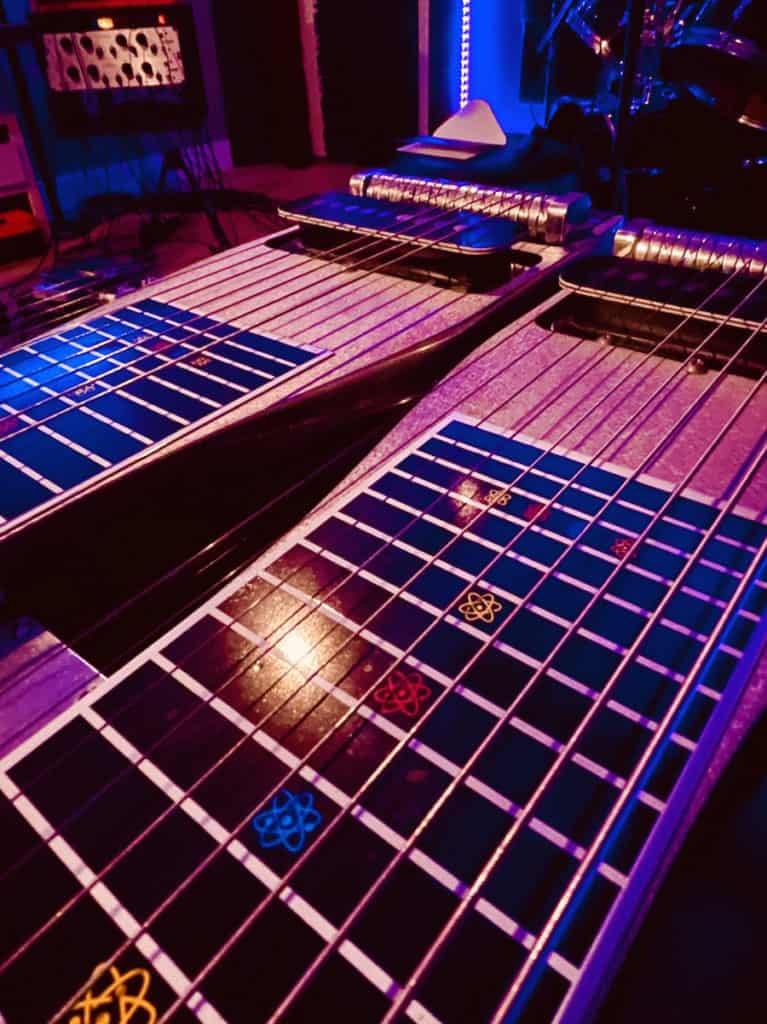
Many compression pedals are designed with settings for a more tonal approach to playing your instrument, and won’t always have the exact same setting options as plugins. However, they can still sound great and work well, especially with guitar and pedal steel.
Many of their controls act similar or identical to the functions and settings of the compression techniques we discussed earlier. For a pedal that can quickly dial up some good compression tones, the Keeley Compressor Plus (click to see it on Amazon) is a solid one to check out.
There are so many sonic and tonal possibilities from the timbre of instruments alone, that using compressor pedals opens up worlds of cool tonal possibilities that are actually quite useful and functional.
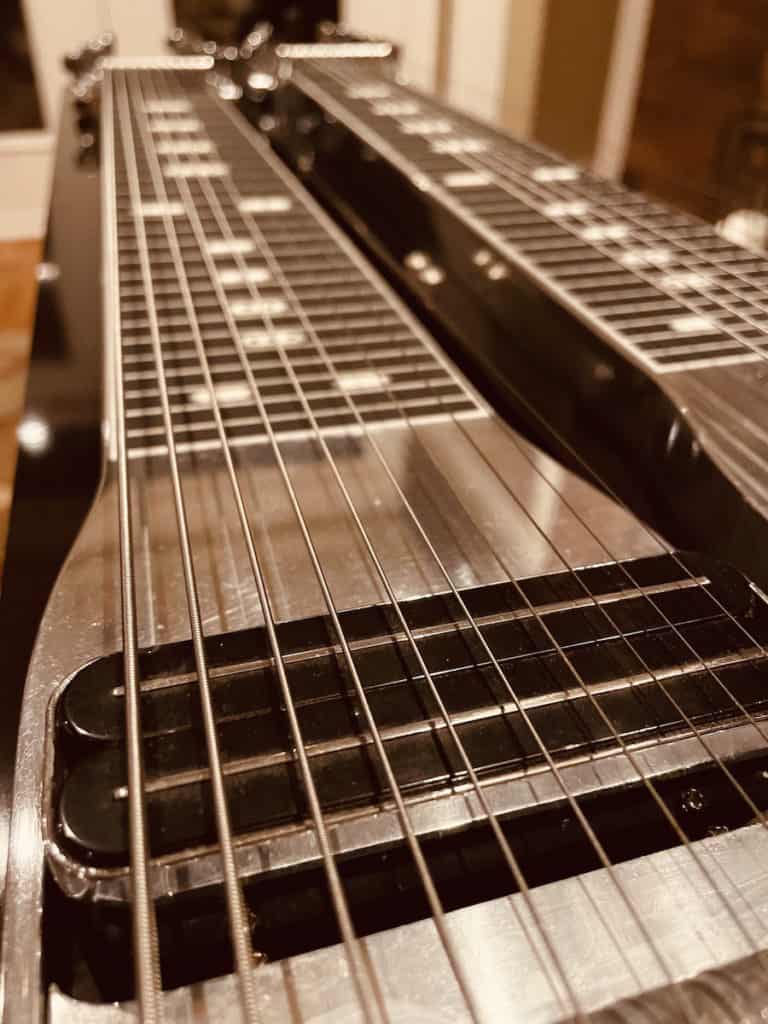
Understanding Compression: How It Can Improve Your Dynamics
Using compressors when mixing has been one of the most beneficial ways of improving my ear and sense of dynamics for any type of sound or music.
It takes some tinkering and practice, but once you dive in and begin understanding the ways a compressor can affect your sound, you’ll be amazed at just how much it also helps your playing on an instrument, and your technique.
Volume Pedal
As you use compression more and more, your understanding and use of volume pedals will also expand, and your awareness of how great of a tool it is to use with instruments will deepen.
You’ll begin to see that the volume pedal is an extension of your voice on an instrument, just like a vocalist uses dynamics naturally when they sing.
The volume pedal is really a compressor’s best friend, and gives you many abilities to not only sustain notes, but also utilize many dynamic expressions. For pedal steel, I’ve used Goodrich’s H-120 Volume Pedal (link to Amazon) for years, which sounds great with guitar too.
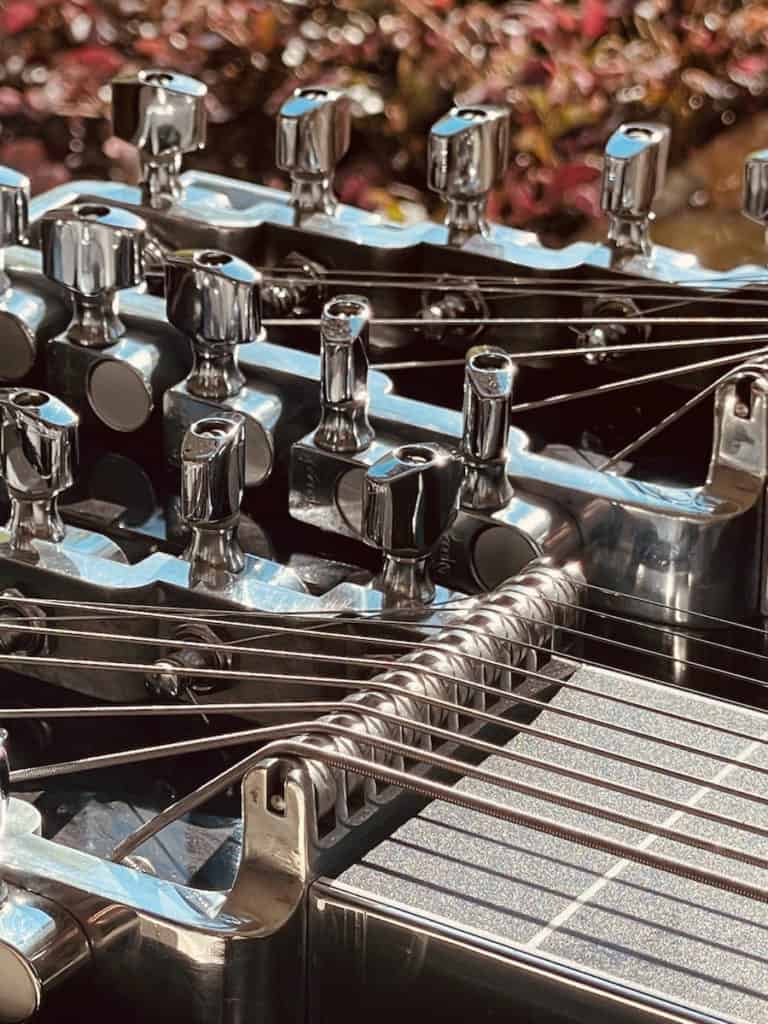
Volume pedals essentially give you the ability to hide or display the attack of your notes, release them, create your own threshold, and even create the ratio through the gain stages of your amplifier. I posted an article on using a volume pedal for pedal steel, which takes a deeper look at the techniques and advantages of using them.
If you think about the settings mentioned earlier for all of the compression techniques, it’s amazing to see how similar the volume pedal essentially is to a compressor.
Improved Playing Technique For Your Instrument
Many dynamic techniques that you use with compressors are affecting the natural musical sounds that you’ve created.
If you play guitar, pedal steel, or other stringed instruments you do very similar things each time you decide to create a note by picking it on your instrument. Particularly, when you determine how you’d like to voice that note.
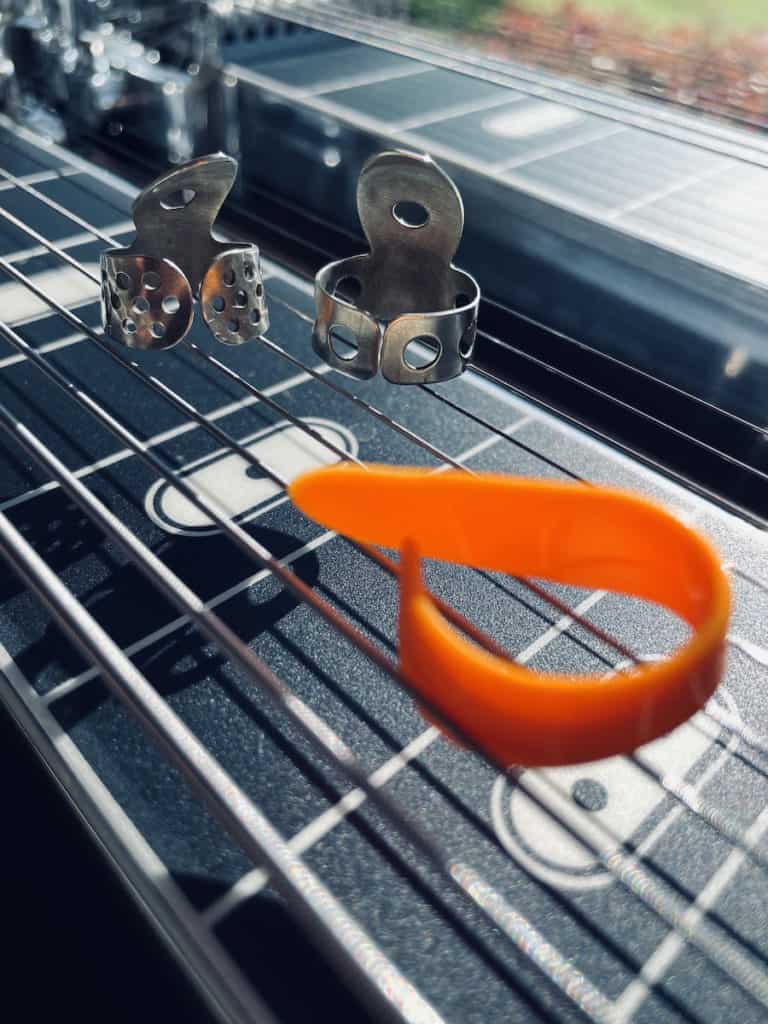
As you begin to understand using compressors tastefully for dynamic articulations, you’ll begin to naturally do the same techniques on whatever instrument you play.
When you want a note to have more punch to it, you’ll play it that way and it will have that sound naturally without a compressor.
If you’re looking to add more transients and percussive dynamics to your chord vamps, you’ll find ways to do this in your playing and the way you groove the notes.
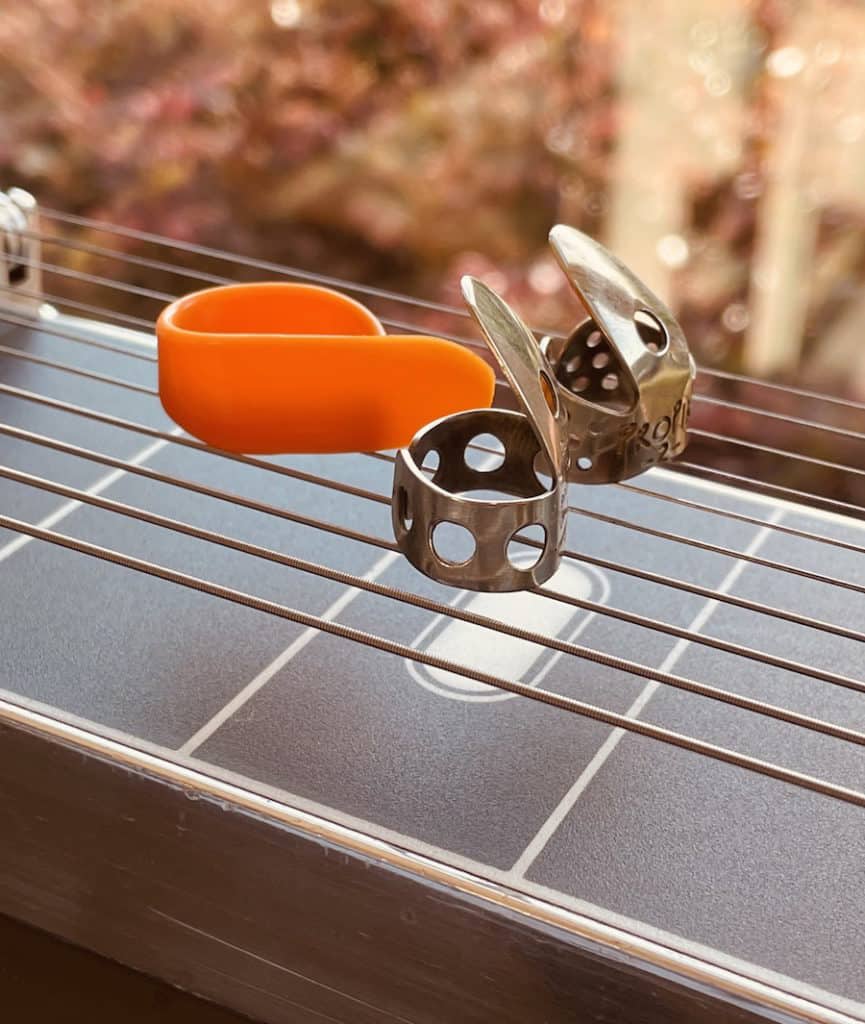
On ballads, you’ll find ways to play the notes with a smooth entry of sound that sustains nicely as you fluctuate your volume accordingly.
Try using and experimenting with compression for a month, and then see if you can emulate any of your compression techniques on your instrument naturally, without a volume pedal.
You’ll be amazed at how much dynamic expression you have naturally available on your instrument. Playing your instrument without any amplification or effects, acoustically in a room, is perhaps the best way to hear your true dynamics as a player on the instrument!
Conclusion
The more and more you use a compressor, the deeper your awareness of the dynamic nature of sound will become. You’ll have more insight into how a drummer expresses notes, why the bass player’s notes have so much groove and life to them, and how the singer’s vibrato sounds so vivid and powerful, while having a grace that is genuine to the ears.
As with all things, less can be more, so even though there are many great ways to use a compressor, always use your ears to determine when and how much to use one.
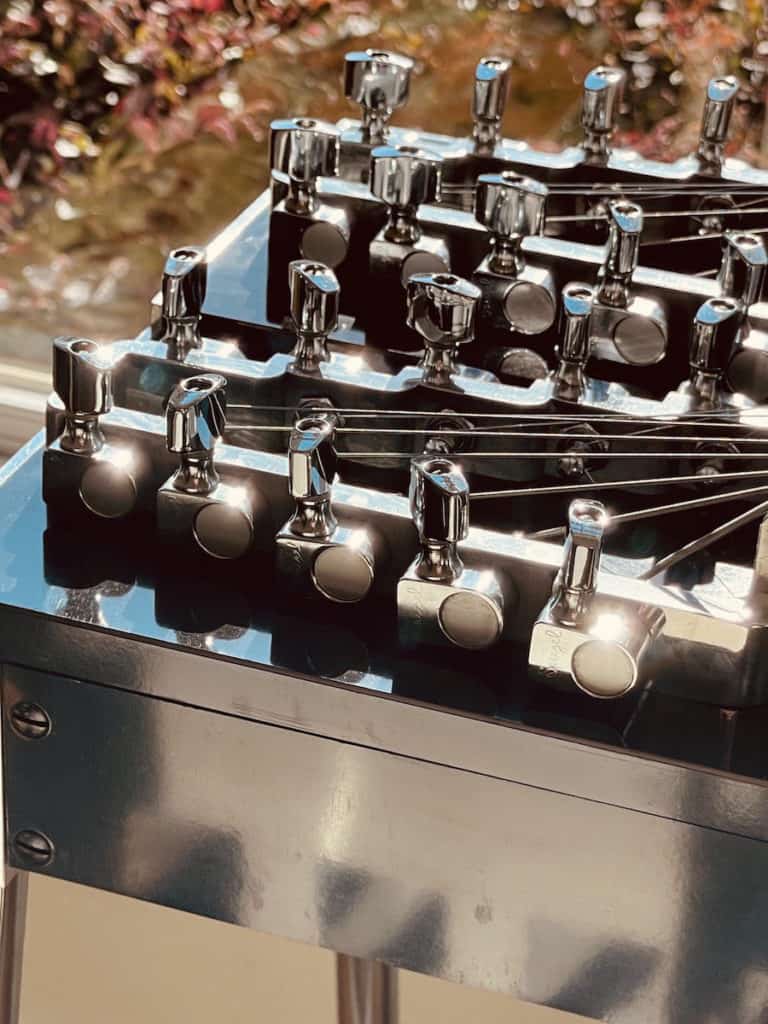
Some of the best sounds and recordings come from great musicianship, where the players naturally understood the nature of sound and its dynamics as they played their instruments, no effects or compressors needed.
However, the added ability to shape our sound is one of the best tools we have in modern technology and one that is often worth taking advantage of. Using compressors is a luxury and a treat, especially when used elegantly within your music.
Thanks for checking out this page, hope it is helpful and makes playing more enjoyable! If you’re interested in diving deeper into playing E9 pedal steel, check out these resources and guides…
The Chord Guide for E9 Pedal Steel (E-Book, Digital Download)
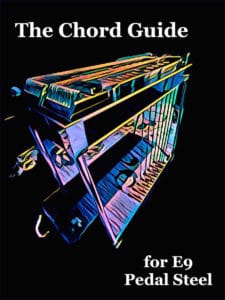
Learn the chords on the E9 neck in a way that makes playing simple and enjoyable…
- Almost Every Chord You’ll Ever Need for E9
- Intuitive and Easy to Use
- Make Use of Pedal and Lever Combinations
- Example Tabs of Chord Movements
- Easily Utilize the Nashville Number System
- Great For Any Key and Style of Music
Includes a bonus section of over a hundred pages of extra chord charts, key references, and more!
Playing Pedal Steel:
The Essentials
An easy and intuitive approach to mastering the pedal steel…
- An in-depth look at bar control, the right hand, using pedals, & the volume pedal
- Multi Angle Views – that you can always reference.
- Ways to Practice, How to Practice, What to Practice.
An online pedal steel lesson series – includes a free pedal steel EBook!
More Digital Downloads for Pedal Steel…
The Scale Book for E9 Pedal Steel
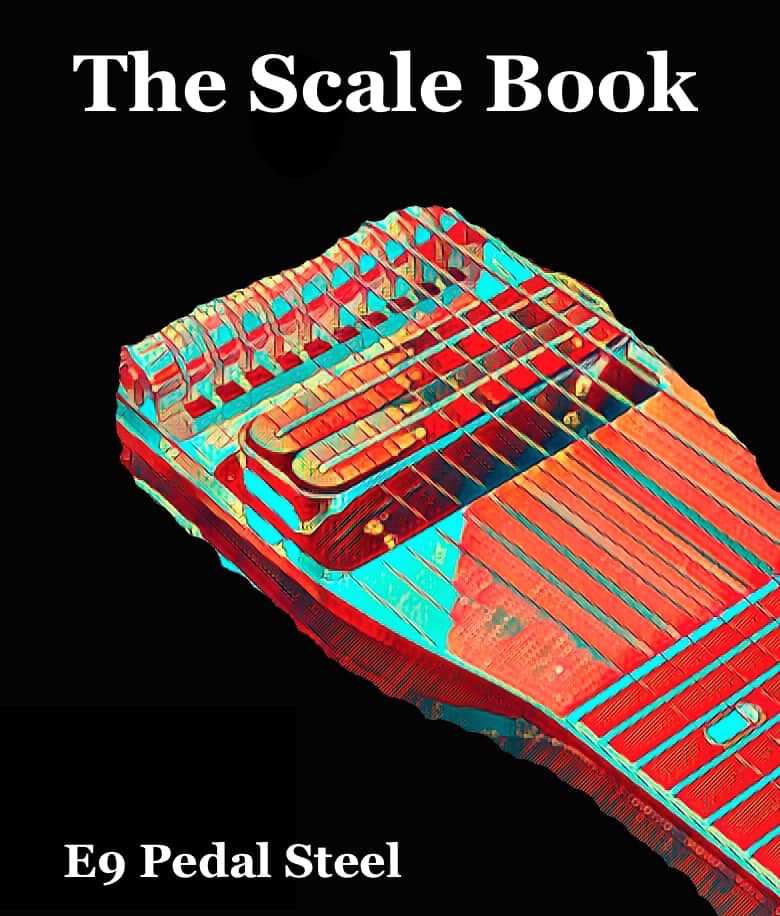
Over 1,000 Pages with Tabs and Diagrams!
- Easy to Use Reference for Practicing
- All Major and Minor Pentatonic Scales, Modes, Major Scales
- All Keys, and Covers the Fretboard
- Includes Pockets of Scales
The Art of Right Hand Technique
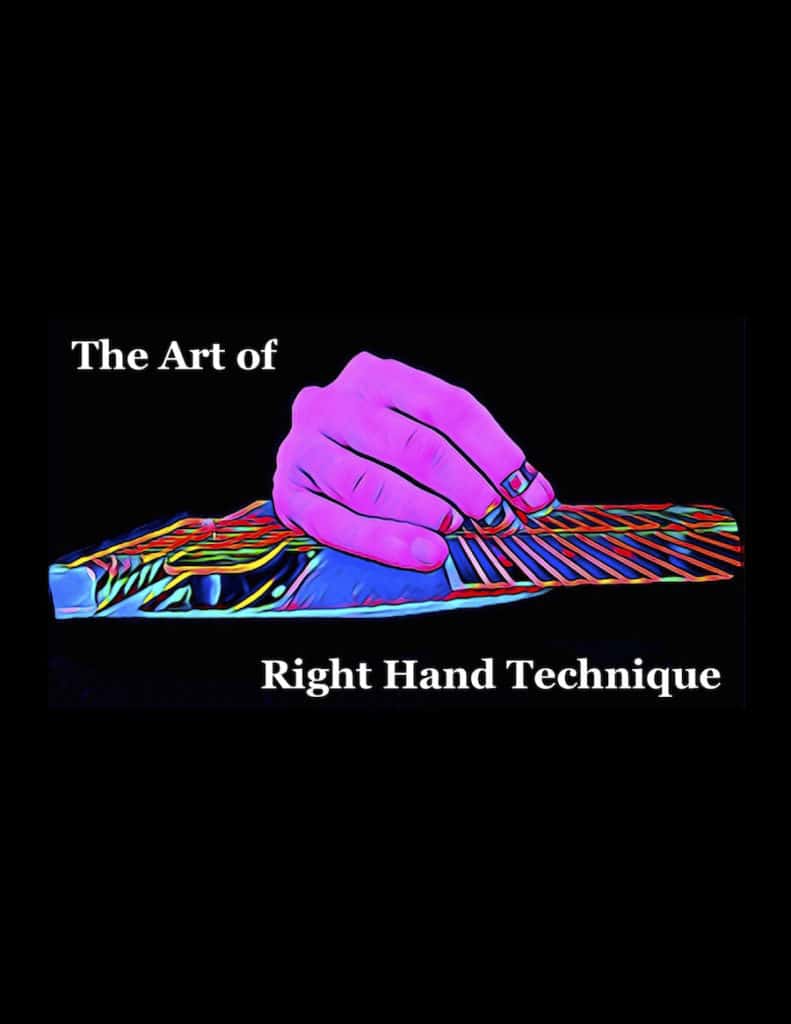
A detailed look at one of the most challenging and mysterious aspects of steel guitar playing: the right hand…
- An In-Depth Guide to Picking and Blocking
- How to Efficiently and Accurately Play Notes on Steel Guitar with Info, Advice, and Tips…
- Great for Pedal Steel, Lap Steel, and Console Steel Guitar
- Over 100 Pages with Graphics, Illustrations, & Practice Exercises
200 Country Riffs & Licks for E9 Pedal Steel
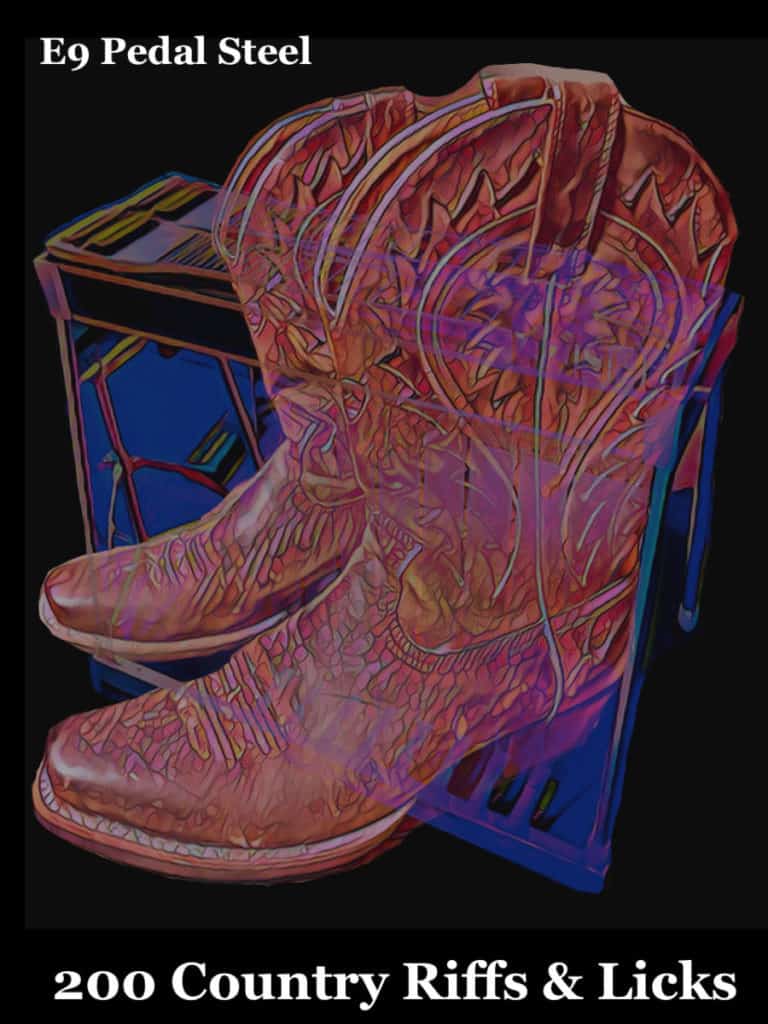
Add these country licks to your playing repertoire…
- Easy to Read Format
- Includes Rhythmic Notation
- Playing Over Chord Changes
- Great for Country, Alt-Country, & Honky-Tonk Styles
For more recording tips, check out the page below…
